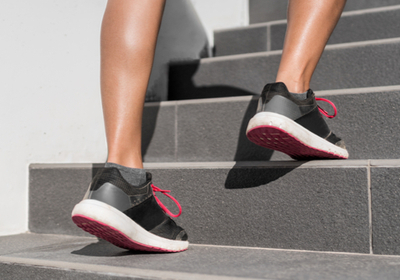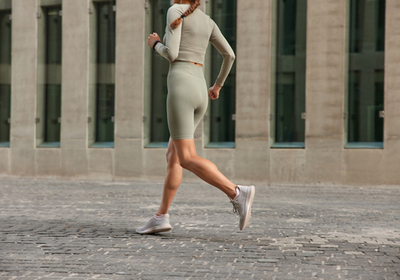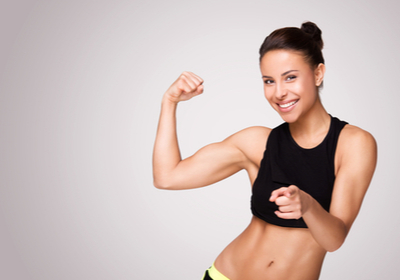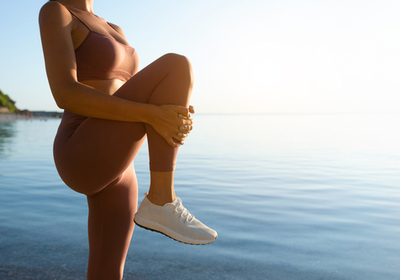
Sure, everyone familiar with running knows the importance of strengthening the foot and ankle ligaments. The other thing is that sometimes it's hard to spend 5-10 minutes preparing for ankle exercises: we get dressed, lace up our shoes and run down the street. This is unfortunate. After all, good elastic ligaments can reduce the risk of leg pain. And strong ankle muscles can improve lower back and even shoulder strength when you're running or just walking.
Of course, there are plenty of good exercises to help you strengthen your ankles, so without further ado, let's take a look.
Stretching
Sit on the floor and straighten your leg in front of you. It's important to make sure your big toe, little toe, and heel stay in the same direction as you extend your foot. Only then the muscles will be strengthened and stretched in a balanced manner so that you don't walk and run with your foot falling out or in. While pulling your foot apart, stretch your toes as much as possible, as if you were lengthening them, without tucking them under your feet. Repeat 15 times.
Rolling Pose
From a seated position, place your feet in front of you and bring your feet as close to yourself as possible. Spread your knees and keep your feet together. Keeping your feet in this position, place your hands on the floor, bend your body forward and lift your pelvis off the floor and try to stay in this position for a while. If you feel your potential, you can roll to the left and to the right, touching your feet with the palms of your hands.
Rising and falling Exercise
It is traditionally recommended to do these on a ladder, but doing them slowly on a flat surface will give good results. Raise your toes as high as you can, keeping your heels in the air, then bend your knees so your heels are forward. Place your heel on the floor and then straighten your leg. It is very important to make sure your knees and ankles don't flip or drop.
Dumbbell Squats
Deep squats are good for developing the ankles, and when combined with dumbbells or barbells (if you have trained enough), this exercise is even more effective. Start with dumbbells that you can lift 15 times without dropping to the floor. 2-3 kg is suitable for beginners. Bodybuilders need to lift more weight to develop their leg muscles. Make a deep squat as follows: stand up straight with your feet shoulder-width apart, arms at your sides, holding a dumbbell, or if you are doing the exercise with a barbell, place it in front of your chest or behind your head. Sit down with your knees bent and your hips on the floor. Keeping your back straight, squat down until your thighs are parallel to the floor. Keep your knees straight over your feet at all times and do not extend your knees further than your toes. Return to the starting position. Perform 2 sets of 10-15 squats each.
Lunges
Keeping your torso straight and your shoulders back, step forward and sit until both knees are at a 90-degree angle. Your knees should not protrude over your toes. Do a series of two on each leg and repeat 10 times.
Final Words
Strengthening your ankles is crucial for professional and amateur athletes alike, so whether sports are your life or you're just exercising to stay healthy, in is necessary to work on your ankles.
Read more





